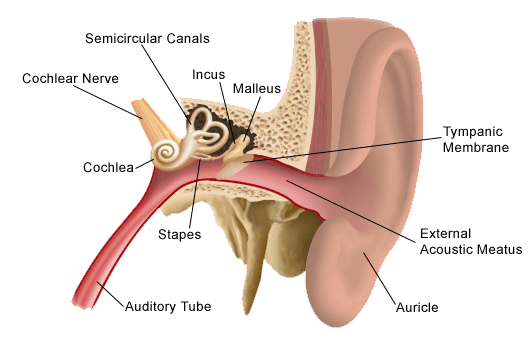The nurse is assessing the carotid arteries of a client with cardiovascular disease. What action should be performed next by the nurse?
Discuss that a light will be directed at the neck to observe for pulsations of the artery
instruct the client to take a deep breath and "hold" while the nurse briefly auscultates
Demonstrate that both arteries will be palpated simultaneously to compare amplitude
Show the client the diaphragm of the stethoscope that will be placed on the neck
The Correct Answer is C
A. Discuss that a light will be directed at the neck to observe for pulsations of the artery:
This choice is incorrect. Directing light at the neck is not a standard method for assessing carotid artery pulsations. The carotid artery is usually assessed by palpation to feel the pulse rather than visual observation.
B. Instruct the client to take a deep breath and "hold" while the nurse briefly auscultates:
This choice is incorrect. Auscultation is typically not used to assess carotid artery pulsations. Palpation (feeling the pulse) is the primary method used for this assessment.
C. Demonstrate that both arteries will be palpated simultaneously to compare amplitude:
This choice is correct. Palpating both carotid arteries simultaneously allows the nurse to compare the amplitude (strength) of the pulses. This comparison helps in assessing the symmetry of the pulses and ensures there are no significant differences between the two sides, which could indicate vascular abnormalities.
D. Show the client the diaphragm of the stethoscope that will be placed on the neck:
This choice is incorrect. The diaphragm of the stethoscope is not typically used for palpating pulses. Palpation involves using the fingertips to feel the pulse and assess its strength and regularity.
Nursing Test Bank
Naxlex Comprehensive Predictor Exams
Related Questions
Correct Answer is A
Explanation
A. Auricle (Pinna):
The auricle, also known as the pinna, is the visible external part of the ear. It consists of movable cartilage and skin. When administering eardrops, pulling the auricle up and back helps to straighten the ear canal, allowing the drops to enter the ear effectively.
B. Mastoid Process:
The mastoid process is a bony prominence located behind the ear. It is not a part of the outer ear structure involved in administering eardrops.
C. Outer Meatus:
The outer meatus, also known as the external acoustic meatus or ear canal, is the tube-like structure leading from the auricle to the eardrum. It is the passage through which eardrops are administered. Pulling the auricle up and back helps to straighten the outer meatus for the proper administration of eardrops.
D. Concha:
The concha refers to the bowl-shaped depression next to the ear canal. While it is a part of the outer ear, pulling the concha is not a technique used for administering eardrops. The auricle, specifically, is manipulated to facilitate the process.

Correct Answer is ["C","D"]
Explanation
A. Increased temperature: Fluid overload typically doesn't cause an increased temperature. Infections or other inflammatory processes are more likely causes of elevated body temperature.
B. Increased hematocrit: Fluid overload usually results in dilution of blood components, leading to a decreased hematocrit (lower concentration of red blood cells in the blood). An increased hematocrit is not a typical finding in fluid overload.
C. Blood pressure 180/100: Elevated blood pressure can be associated with fluid overload, especially if the overload is chronic. This is a correct assessment finding that requires intervention and monitoring.
D. Respiratory rate 32: An increased respiratory rate can be a sign of respiratory distress, which may occur in severe cases of fluid overload, especially if it leads to pulmonary edema. This is a correct assessment finding that requires intervention and further evaluation.
E. Heart rate 120 bpm: An increased heart rate can be a compensatory mechanism in response to fluid overload, especially if the heart is trying to maintain cardiac output. However, this heart rate alone is not specific enough to confirm fluid overload. Other signs and symptoms, such as edema, increased blood pressure, and respiratory distress, are more indicative of fluid overload.
Whether you are a student looking to ace your exams or a practicing nurse seeking to enhance your expertise , our nursing education contents will empower you with the confidence and competence to make a difference in the lives of patients and become a respected leader in the healthcare field.
Visit Naxlex, invest in your future and unlock endless possibilities with our unparalleled nursing education contents today
Report Wrong Answer on the Current Question
Do you disagree with the answer? If yes, what is your expected answer? Explain.
Kindly be descriptive with the issue you are facing.
